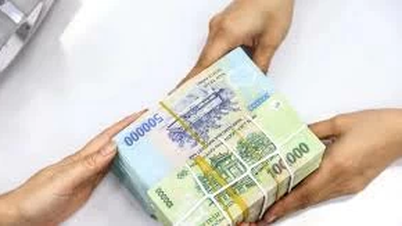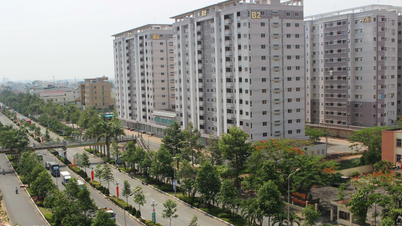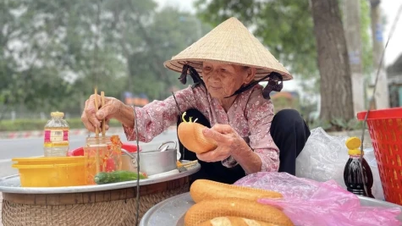In that context, businesses are taking full advantage of market opportunities in the first 6 months of the year to increase revenue and export turnover when the new US trade policies for Vietnamese goods have not yet occurred. In addition to accelerating the production of orders, businesses are focusing on negotiating orders with fast delivery times, not processing orders according to the usual principles. Currently, businesses have taken measures to negotiate FOB orders (the seller is responsible for transporting goods to the export port, delivering goods onto the ship designated by the buyer. After the goods are loaded onto the ship, the responsibility for the goods will be transferred to the buyer), clarifying the principles in the negotiation contracts for cases of delivery after June 2025 regarding the origin of raw materials, and the commitment of buyers to accompany the manufacturer.
According to the Binh Duong Textile and Garment Association, the new US tariffs on Vietnamese goods are currently being postponed. The US textile and garment industry's production capacity is also very small (meeting only 3% of domestic demand), so it is still heavily dependent on imports. In recent times, Vietnam's textile and garment exports to the US have grown well, and there is still the potential to increase market share. However, the US may tighten control over exporters to ensure compliance with regulations on origin.
Although many experts still believe that the Vietnamese textile and garment industry will not be immediately affected by the new US tax policy, businesses need to be cautious. With about 80% of output for export, every small fluctuation in the world market can affect the domestic textile and garment industry. In addition, the world textile and garment market this year is also forecasted to have no clear changes, so taking advantage of every opportunity is still the priority of businesses...
Khai Anh
Source: https://baobinhduong.vn/lo-thue-tang-doanh-nghiep-chay-nuoc-rut--a345507.html



![[Photo] Ready for the top competitions of Vietnamese table tennis](https://vphoto.vietnam.vn/thumb/1200x675/vietnam/resource/IMAGE/2025/5/18/9c547c497c5a4ade8f98c8e7d44f5a41)
![[Photo] Many young people patiently lined up under the hot sun to receive a special supplement from Nhan Dan Newspaper.](https://vphoto.vietnam.vn/thumb/1200x675/vietnam/resource/IMAGE/2025/5/18/6f19d322f9364f0ebb6fbfe9377842d3)

![[Photo] Party and State leaders attend the special art program "You are Ho Chi Minh"](https://vphoto.vietnam.vn/thumb/1200x675/vietnam/resource/IMAGE/2025/5/18/6895913f94fd4c51aa4564ab14c3f250)




















































































Comment (0)